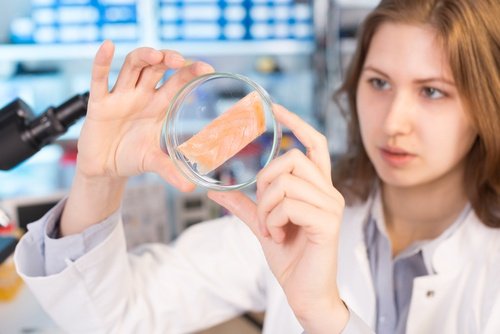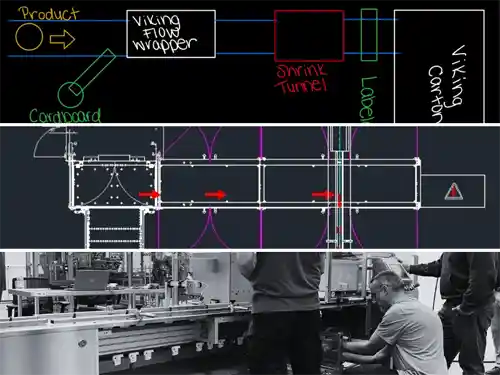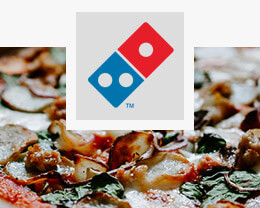Food Safety Regulations That May Affect Your Packaging Operations
 When it comes to the food industry, companies are feeling the heat from federal legislators and consumers to offer the best products while providing transparency into the processing, manufacturing, and packaging of food to ensure only safe items reach the public. In 2011, the Centers for Disease Control and Prevention estimated that 48 million people in the United States become sick due to foodborne illnesses each year with 3,000 people dying from foodborne diseases. Due to this ever increasing concern, new regulations in regards to food safety have passed legislation to become implemented in 2016. These regulations will affect how your company handles and uses innovative packaging technologies for food products.
When it comes to the food industry, companies are feeling the heat from federal legislators and consumers to offer the best products while providing transparency into the processing, manufacturing, and packaging of food to ensure only safe items reach the public. In 2011, the Centers for Disease Control and Prevention estimated that 48 million people in the United States become sick due to foodborne illnesses each year with 3,000 people dying from foodborne diseases. Due to this ever increasing concern, new regulations in regards to food safety have passed legislation to become implemented in 2016. These regulations will affect how your company handles and uses innovative packaging technologies for food products.
New Act Targets Simplification of Food Safety Oversight
In 2011, the new Food Safety Modernization Act (FMSA) was signed into law to consolidate the number of government agencies that handle food inspections and auditing so one organization will have the oversight and power to handle food safety issues. This law would create the Food and Safety Administration within the Department of Health and Human Services as this main organization will prevent further regulatory confusion, according to Fortune.
 Numerous standards and bills are now being implemented under the FMSA. In November 2015, The Food and Drug Administration (FDA) introduced a final rule regarding safety standards for when farmers and businesses grow, harvest, package and handle produce that is consumed in its raw state, such as nuts, fruits, and vegetables. This standard, called the Produce Safety Rule, focuses on reducing contamination from harmful pathogens and toxins, such as the Clostridium botulinum (C. botulinum), that can affect a large number of food products.
Numerous standards and bills are now being implemented under the FMSA. In November 2015, The Food and Drug Administration (FDA) introduced a final rule regarding safety standards for when farmers and businesses grow, harvest, package and handle produce that is consumed in its raw state, such as nuts, fruits, and vegetables. This standard, called the Produce Safety Rule, focuses on reducing contamination from harmful pathogens and toxins, such as the Clostridium botulinum (C. botulinum), that can affect a large number of food products.
What These Standards Mean to Your Business When Packaging Products
 For qualifying businesses and farms, food packaging materials and innovative packaging machinery will come under greater scrutiny to ensure they are used for their intended purposes. Packaging and packaging material requirements focus on ensuring materials will stop harmful toxins from entering food products. The rules also focus on ensuring the packaging materials themselves do not contaminate the food by supporting the growth of bacteria. Additional standards explain how packaging materials that are to be reused must be adequately cleaned or have liners replaced frequently.
For qualifying businesses and farms, food packaging materials and innovative packaging machinery will come under greater scrutiny to ensure they are used for their intended purposes. Packaging and packaging material requirements focus on ensuring materials will stop harmful toxins from entering food products. The rules also focus on ensuring the packaging materials themselves do not contaminate the food by supporting the growth of bacteria. Additional standards explain how packaging materials that are to be reused must be adequately cleaned or have liners replaced frequently.
While your business may file an exemption to the rule due to its size and the types of food products you process and package, understanding the standards can help you create more comprehensive processing and packaging best practices and internal food safety compliance rules. You can also look into streamlining your operations by looking for innovative global packaging technologies that can help your business increase productivity while maintaining food safety standards.




